<!–
Working in a nursery, it’s one of most common questions I’m asked by customers: “How do I deal with ____ soil?” The question is asked because they have a problem on either end of the spectrum of soil types: sand or clay. In our area, chances are pretty good you have one of these two types of soil, and knowing how to properly deal with both can go a long way to ensure gardening success in the coming year.
First, sandy soil—although a nuisance, it can be easily remedied. The two main problems associated with sandy soil are lack of nutrient-holding capacity and the inability to hold water. Gardeners with sandy ground know how frustrating it can be to try to keep plants growing in soil where both nutrients and water simply drain away.
If the soil in your flowerbeds is too sandy for plants to thrive, spade or rototill nutrient-rich compost into your beds; if that’s not an option, spreading a layer of compost on top will allow the nutrients and organic matter to slowly work into the soil, albeit over a longer period of time. At Vander Giessen’s, we carry compost both in bulk or bags, so no matter how much or little you need, we can help.
As frustrating as some gardeners find sandy soil, it’s far better than clay. For much of the year, rains keep our gardens well-watered and without the good drainage that sandy ground provides, many plants struggle and can even rot in clay.
In established flowerbeds, treat clay soils like you would sand: add compost. Breaking up the heavy consistency of clay will promote drainage and allow plant roots to develop. Compost must be added liberally and often, though, as clay has a tendency to make a comeback.
If in the coming year you have plans to plant anything new in clay, take time to first dig a test hole several feet deep. In some parts of Lynden, for example, clay is only a couple feet thick, and beyond it is pure, clean sand.
If you find that your beds have only a shallow layer of clay, it may be easy enough to dig a drainage hole under each shrub or tree you wish to plant. If you’re not so fortunate, however—or don’t feel like going to the work of that much extra digging, don’t think you can get away with just adding some good soil to the hole when you plant a new-found treasure.
No matter how wide or deep you dig a hole when you plant something in heavy clay, all you’re really doing is making a bigger bowl for water to collect in when it rains. While fresh, well-drained topsoil is just what your plants need, the key to planting in clay is to raise the roots above it.
First, dig your hole as deep as the root ball of your plant. Then, before planting, backfill the hole at least halfway with a good mix of fresh topsoil and compost. Set your plant onto that layer—the top of the root ball should be sticking up at least halfway out of the hole—and finish filling in around the roots. Gently slope the new soil down away from the base of the plant, creating a mound for the newly-planted shrub or tree. On a larger scale, you can replicate this by planting new flowerbeds up on slightly-raised berms. In time, most plants will root into clay soils, but for the first season or two, the presence of well-drained, nutrient-rich soil will allow plants to get established and begin to develop healthy root systems.
As spring approaches, take some time to plan what you can do in your flowerbeds to improve your soil. Sand or clay, taking the proper steps early on in the season will reward you with healthy plants all summer long—and for years to come.


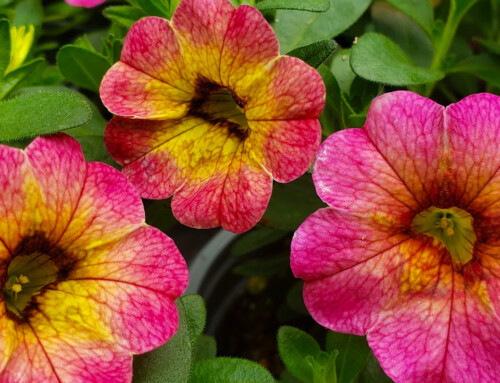
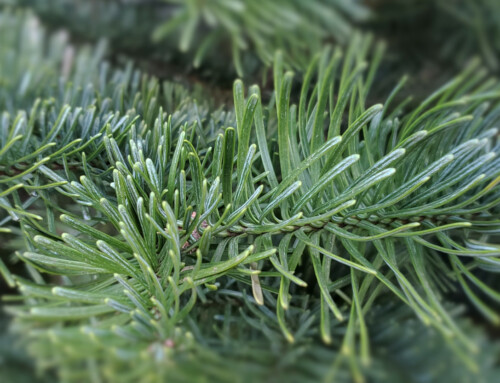
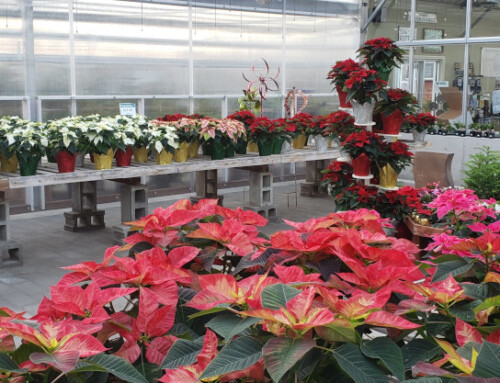
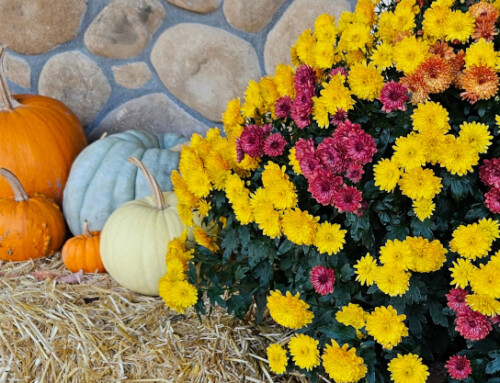
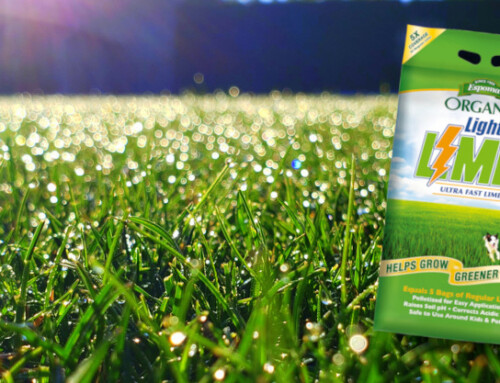
Leave A Comment